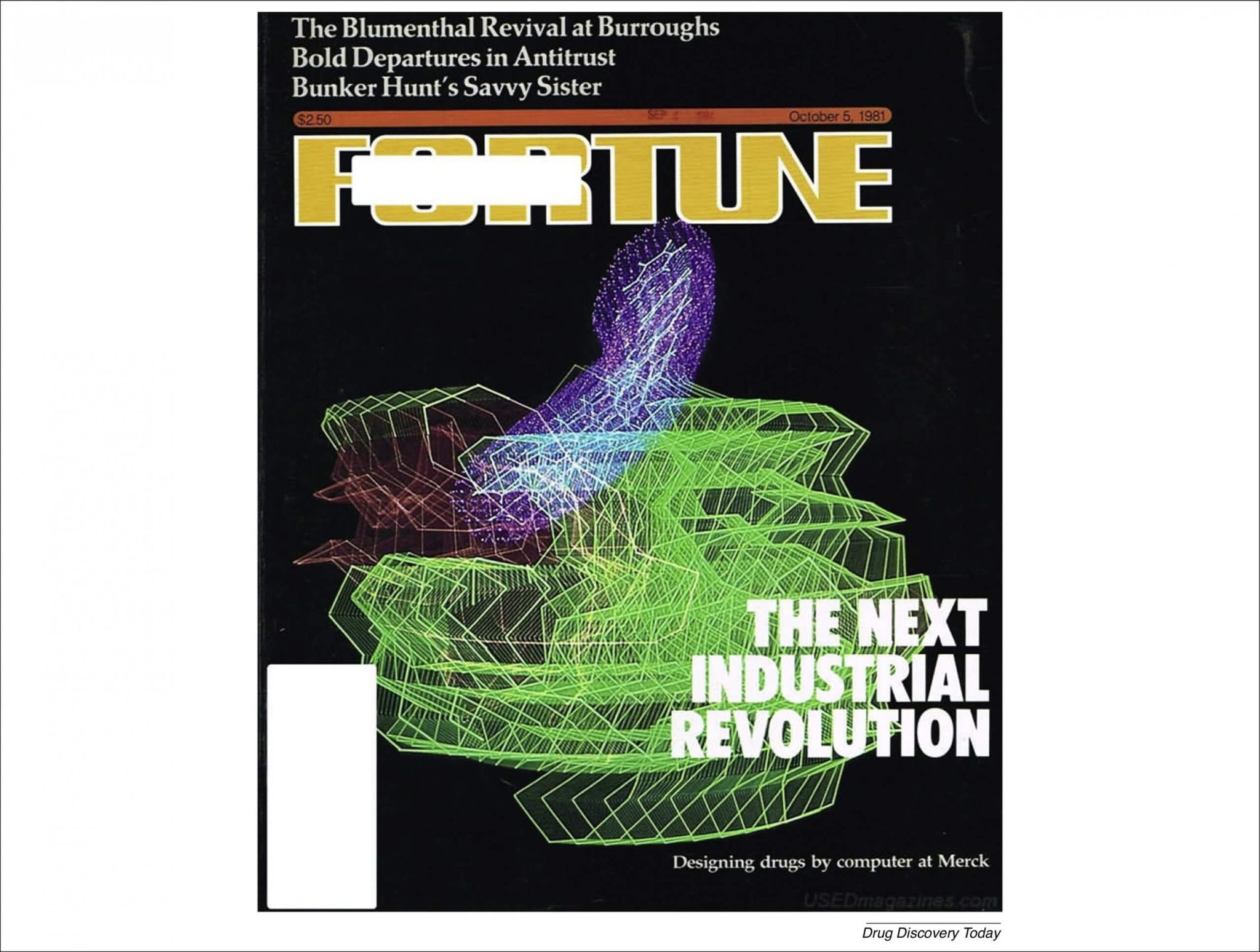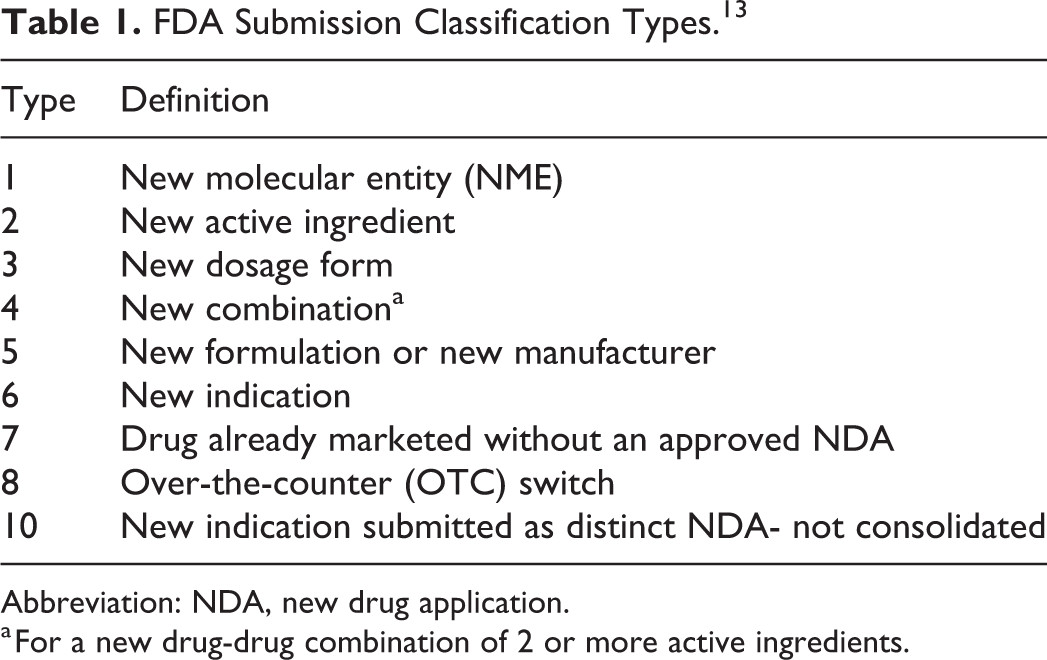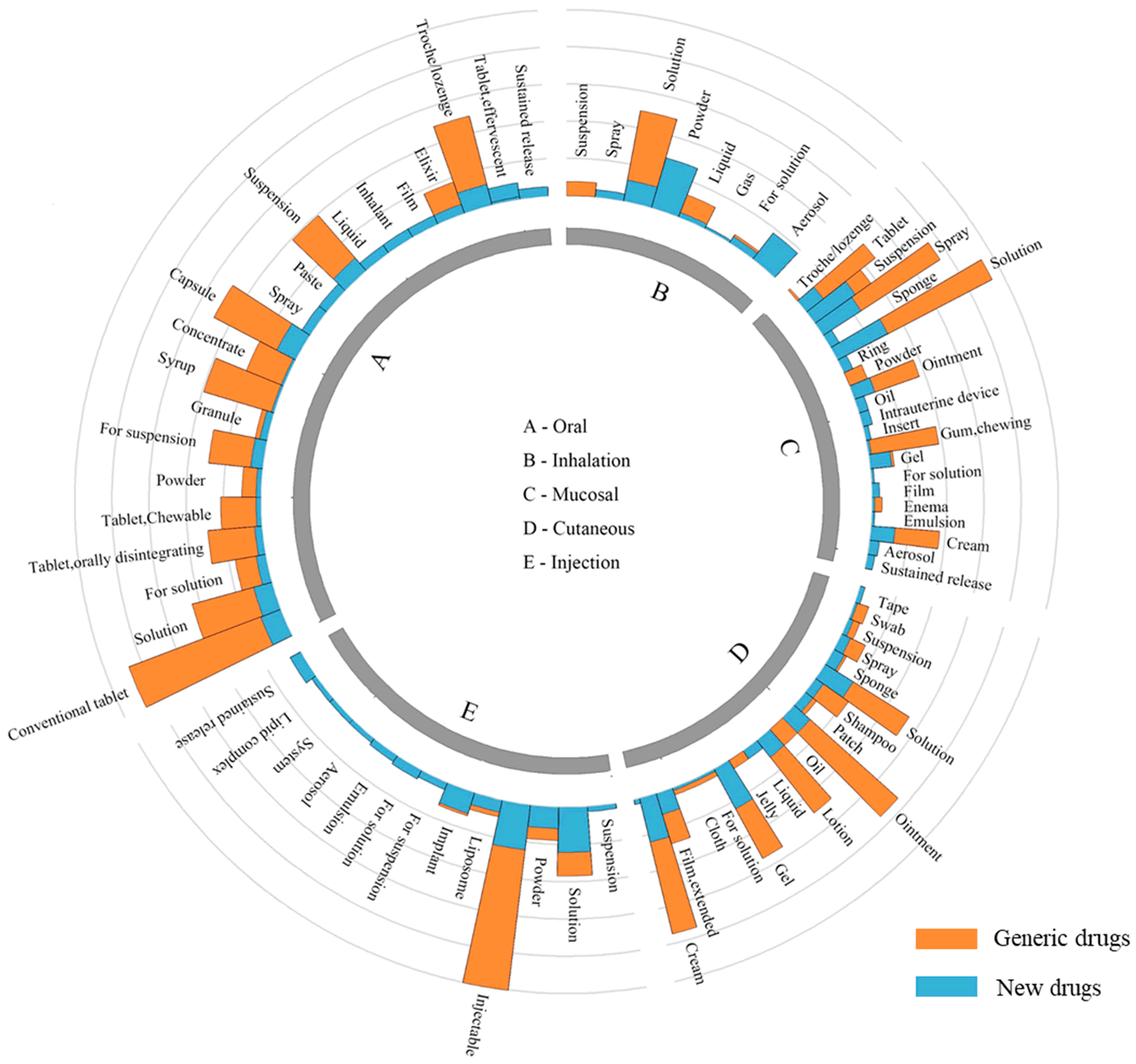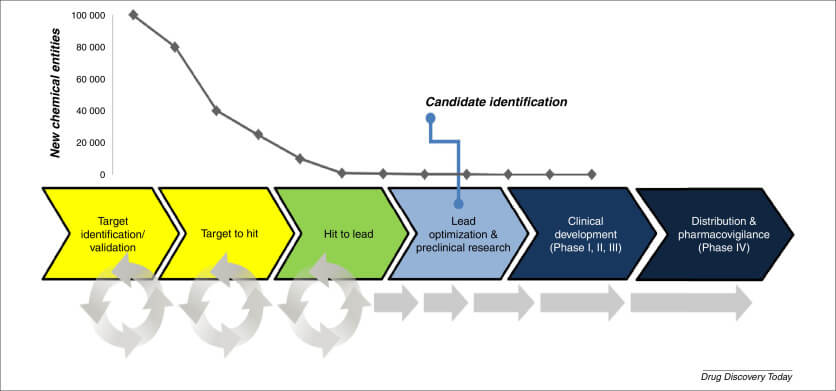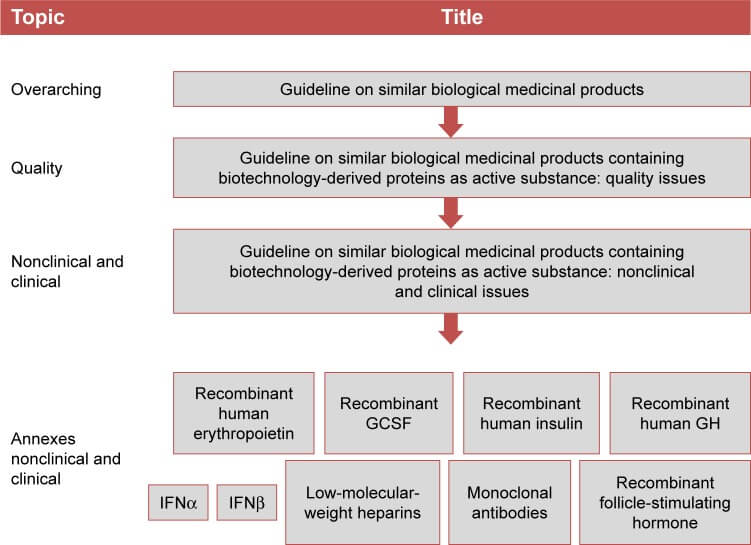
Chiral switching, the practice of developing a single enantiomer from a previously approved racemic drug, has been a significant strategy in the pharmaceutical industry for decades. However, with the increasing implementation of price control measures, its relevance and impact have come under scrutiny. This article explores the current state of chiral switching, its benefits, challenges, and examples to assess whether it remains a viable strategy in today’s pricing control scenario.
The Therapeutic and Market Benefits of Chiral Switching
Chiral switching offers several therapeutic benefits, which have historically justified its use. These benefits include:
- Improved Efficacy and Safety: Single enantiomers can provide higher potency and selectivity towards target receptors, leading to better therapeutic outcomes and reduced side effects. For instance, the chiral switch of omeprazole to esomeprazole (Nexium) resulted in improved acid control and fewer side effects[3].
- Reduced Inter-Individual Variability: By eliminating the less active or harmful enantiomer, chiral drugs can offer more consistent therapeutic responses among different patients[3].
- Enhanced Pharmacokinetic Profiles: Single enantiomers often exhibit better absorption, distribution, metabolism, and excretion properties, improving overall drug performance[3].
From a market perspective, chiral switching can extend the patent life of a drug, providing a new period of market exclusivity and protecting against generic competition. This strategy has been employed by many pharmaceutical companies to maintain revenue streams as patents on racemic drugs expire[3].
The Impact of Price Controls on Chiral Switching
Recent price control measures, such as the US bill HR3 (the Lower Drug Costs Now Act), have raised concerns about their impact on pharmaceutical innovation. A study by the Becker Friedman Institute at the University of Chicago suggests that significant price controls could lead to a substantial reduction in R&D investment, potentially resulting in fewer new drug approvals[1]. This reduction in revenue and subsequent R&D spending could affect the feasibility of developing single enantiomers through chiral switching.
Chiral switching remains a relevant strategy, but its success hinges on demonstrating clear therapeutic advantages and navigating the evolving landscape of pricing controls and regulatory scrutiny.
Examples of Successful and Challenged Chiral Switches
Several well-known drugs have undergone successful chiral switches, highlighting both the benefits and challenges of this strategy:
- Esomeprazole (Nexium): As mentioned earlier, the switch from omeprazole to esomeprazole provided improved therapeutic outcomes, making it a blockbuster drug[3].
- Escitalopram (Lexapro): The chiral switch from citalopram to escitalopram resulted in a more effective and better-tolerated antidepressant, capturing significant market share[3].
- Levocetirizine (Xyzal): This switch from cetirizine to levocetirizine offered better efficacy in treating allergic conditions with fewer side effects[3].
However, not all chiral switches have been successful. For instance, the switch of fluoxetine to its single enantiomer, R-fluoxetine, did not yield the expected therapeutic benefits, leading to its market withdrawal[5]. This underscores the importance of robust clinical evidence to support the therapeutic superiority of single enantiomers over their racemic counterparts.
The Future of Chiral Switching
Despite the challenges posed by price controls, chiral switching continues to hold potential, particularly when combined with other strategies such as drug repurposing. This combination can create synergies, leading to drugs with superior pharmacological properties and faster approval processes[2]. For example, the repurposing and chiral switch of ketamine to esketamine (Spravato) for treatment-resistant depression has been a notable success, offering a new therapeutic option with a distinct mechanism of action[2].
Conclusion
Chiral switching remains relevant in today’s pharmaceutical landscape, but its success is increasingly dependent on demonstrating clear therapeutic benefits and navigating the evolving regulatory and pricing control environment. While price controls may pose challenges, the potential for improved patient outcomes and market differentiation ensures that chiral switching will continue to be a valuable strategy in drug development and lifecycle management. Pharmaceutical companies must carefully weigh the costs and benefits, ensuring that chiral switches provide genuine therapeutic advantages to justify their development.
In summary, chiral switching is not obsolete but requires a nuanced approach to thrive under current pricing control scenarios. The focus should be on innovation, robust clinical evidence, and strategic market positioning to maximize the benefits of this enduring pharmaceutical strategy.
Citations:
[1] https://bfi.uchicago.edu/working-paper/the-evidence-base-on-the-impact-of-price-controls-on-medical-innovation/
[2] https://www.ncbi.nlm.nih.gov/pmc/articles/PMC9926527/
[3] https://www.ncbi.nlm.nih.gov/pmc/articles/PMC8877306/
[4] https://www.sciencedirect.com/science/article/abs/pii/S0731708517314838
[5] https://www.ncbi.nlm.nih.gov/pmc/articles/PMC10895675/
[6] https://www.mdpi.com/1424-8247/15/2/240
[7] https://www.ncbi.nlm.nih.gov/pmc/articles/PMC5765859/
[8] https://jamanetwork.com/journals/jamanetworkopen/fullarticle/2779579
[9] https://nam.org/drug-price-controls-threaten-innovation-and-patient-health-5899/
[10] https://www.nature.com/articles/s41573-023-00703-8
[11] https://pubs.acs.org/doi/10.1021/acs.jmedchem.3c02239
